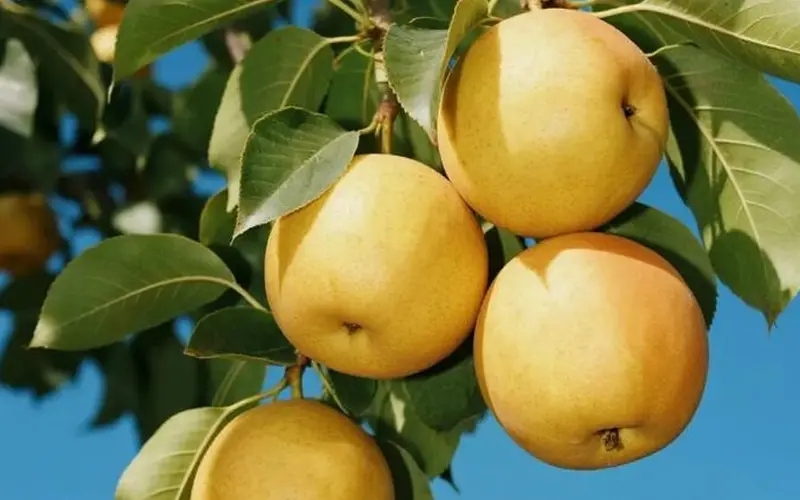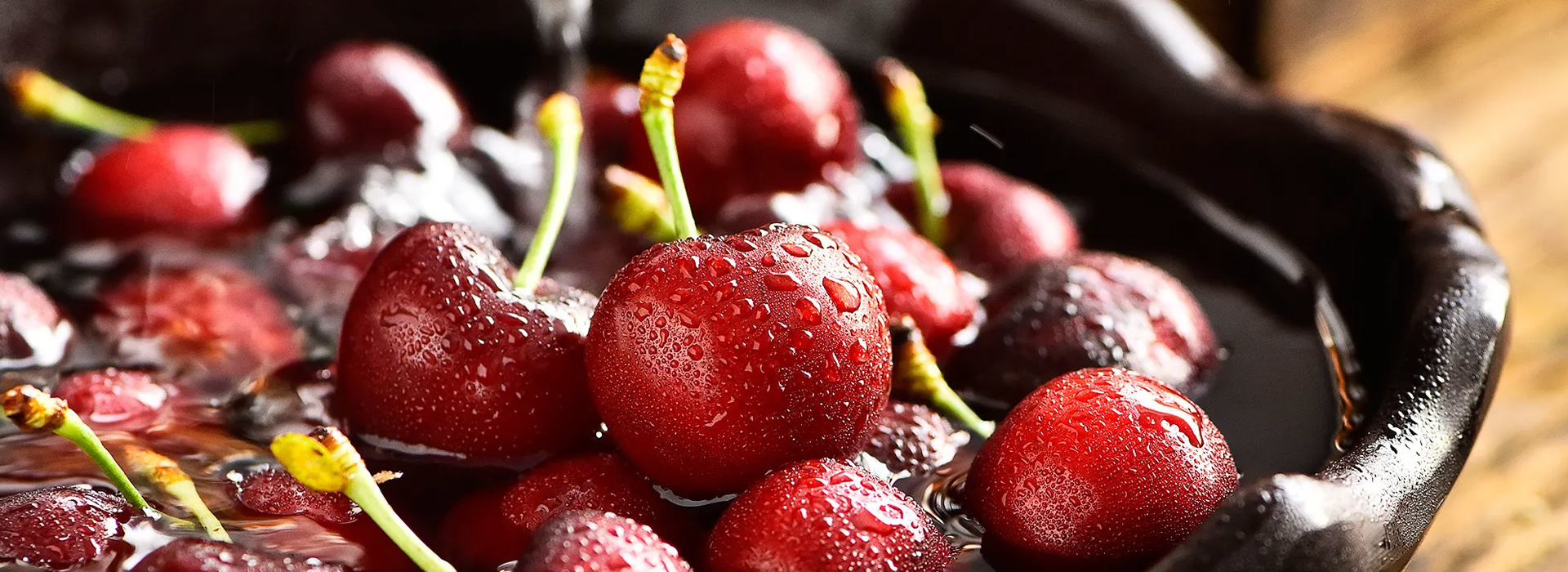How to choose high-quality golden pears?
Release date:
2025-06-12
Choose fruits that have a neat, well-shaped appearance, with pale yellow skin (greenish-yellow for unripe fruits, while overly ripe ones turn deep yellow and may develop spots). Opt for fruits with small, evenly distributed fruit dots. If the skin shows large areas of green, it indicates the fruit is still unripe and will likely taste sour and tart. On the other hand, if you notice brownish spots or wrinkled skin, the fruit may have been stored for too long or has already gone bad.

When selecting, you can determine quality in four steps—“look, touch, smell, and weigh”—to avoid purchasing fruits that are unripe, overripe, or spoiled.
When examining the appearance: Prioritize fruits with a neat, well-proportioned shape and pale yellow skin (unripe fruits are greenish-yellow, while overripe ones turn deep yellow and may develop spots). Choose those with small, evenly distributed fruit dots. If the skin shows large areas of green, it indicates the fruit is unripe and will likely taste sour and tart. On the other hand, brown spots or wrinkled skin may suggest the fruit has been stored for too long or has already gone bad.
Feel the firmness: Gently press the middle of the fruit with your fingers (avoiding the stem and seed area). High-quality fruits will feel "firm yet slightly yielding" (unripe fruits are rock-hard, while overripe ones will easily dent under pressure but take longer to spring back). Be sure to avoid fruits that feel "soft and mushy" or leave a sticky residue on your fingers—these may already be starting to spoil.
Smelling the aroma: Fresh, high-quality Golden Pears have a delicate fruity fragrance. If you can't detect any scent, they may still be unripe. However, if you notice a wine-like, sour, or musty odor, it means the fruit has already begun fermenting or has gone bad—and you should definitely avoid buying them.
Weigh the fruit: Among golden pears of similar size, the ones that feel "heavier" in your hand are higher quality (indicating they’re juicier). If they feel lighter, they might be "hollow" (with cavities forming around the core) or have lost moisture, resulting in a drier texture.
Look at the fruit stem: Fresh fruits have vibrant green, resilient stems. If the stem is dry and breaks easily with a single snap, it indicates that the fruit was harvested long ago and has been stored for an extended period, significantly reducing its freshness.
Tags:
Share to



